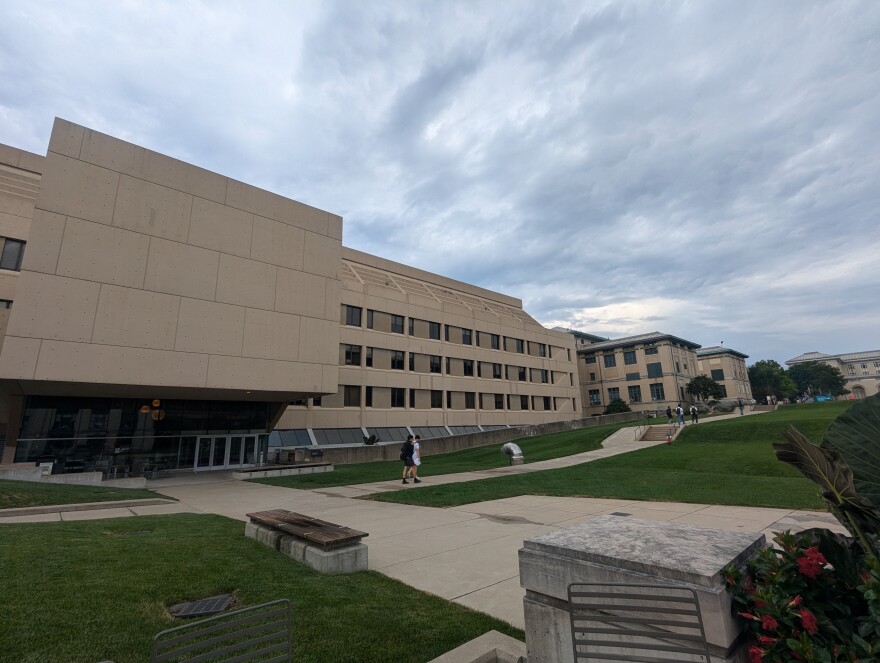
In a groundbreaking initiative, Carnegie Mellon University (CMU) and the University of Pittsburgh (Pitt) have joined forces with other prestigious institutions to explore the impact of artificial intelligence (AI) on the workforce. This collaborative research project aims to address growing concerns about AI’s potential to disrupt employment, a topic that has sparked intense debate among technology leaders and policymakers.
The study, which also involves the Massachusetts Institute of Technology (MIT) and other partners, seeks to provide empirical evidence on how AI is being integrated into various sectors, how it affects workers, and what policies can best support labor markets. The project consists of four distinct research efforts, each focusing on different aspects of AI adoption and its implications for employment.
Understanding AI Adoption and Workforce Impact
Artificial intelligence encompasses a wide range of technologies, from search engines and transcription services to advanced applications like code writing and image generation. Despite the rapid advancement of AI, its direct impact on job displacement remains a subject of speculation. Some tech CEOs have predicted massive workforce reductions due to AI, yet concrete evidence linking AI to widespread job loss is scant.
CMU Professor Christophe Combemale, co-leading the research, is investigating the timing and nature of AI adoption by companies and its effects on hiring patterns.
“The nature of that adoption has consequences for whether AI is going to tend to replace workers, or augment them, or improve the quality of their work, which in turn is going to affect employment and wages,”
Combemale explained.
The Observatory for U.S. Job Disruption
At Pitt, Assistant Professor Morgan Frank is spearheading the creation of the Observatory for U.S. Job Disruption. His team aims to dissect unemployment data across all 50 states to identify specific sectors and job roles affected by AI. Frank emphasizes the importance of granular data in understanding job market dynamics.
“It’s really hard to say that total unemployment has increased because of AI or because of any other thing. Being able to break that statistic apart into the sectors or into actual job titles gives us a huge advantage,”
he stated.
Tracking Workforce Mobility
The California Policy Lab, affiliated with the University of California, is examining how workers exposed to AI transition between occupations. This study will assess both positive and negative outcomes of AI exposure, including potential promotions due to increased productivity or lateral moves to different fields. Combemale highlighted the significance of understanding these transitions:
“It’s equally important not just to understand which occupations are exposed, but what the exit options are.”
Reducing Reporting Lag in Workforce Changes
The U.S. Chamber of Commerce Foundation is leading the fourth project, which aims to develop a new data approach to minimize the delay in reporting workforce changes. This effort is crucial for providing timely insights to workers, policymakers, and firms, enabling them to adapt to technological shifts more effectively.
Funded by a grant from the Alfred P. Sloan Foundation, this two-year study is poised to deliver valuable tools and insights. Combemale expressed cautious optimism about the project’s potential impact:
“I don’t think we’re going to have all the answers, but I think we are going to have much better tools at the end of two years to track what’s happening, and hopefully to be able to start seeing a little bit around the curve of some of these technology shocks.”
Implications and Future Prospects
This collaborative research effort represents a significant step forward in understanding AI’s role in shaping the future of work. By providing a clearer picture of how AI affects employment and wages, the study aims to inform policy decisions and help workers navigate the evolving job landscape.
As AI continues to advance, the findings from this study could prove instrumental in guiding both public and private sector responses to technological changes. The insights gained will not only benefit workers and businesses but also contribute to a more resilient and adaptive workforce.
With the rapid pace of AI development, the need for timely and accurate data on its impact is more critical than ever. This research initiative underscores the importance of interdisciplinary collaboration in addressing complex societal challenges, paving the way for a future where technology and human labor coexist harmoniously.





